A Real-Time Ultraviolet Radiation Imaging System Using an Organic Photoconductive Image Sensor †
Abstract
:1. Introduction
2. Advantage of OPF Imager
3. Proposed Imaging System
4. Results and Discussion
- (1)
- Imaging Hydrogen Flames
- (2)
- Imaging Corona Discharge
5. Conclusions
Author Contributions
Conflicts of Interest
Abbreviations
| CMOS | Complementary Metal Oxide Semiconductor |
| UV | Ultraviolet |
| VIS | Visible |
| OPF | Organic photoconductive film |
| CIS | CMOS image sensor |
| CCD | Charge Coupled Device |
| Tr | Transistor |
| SC | Storage capacitance |
| FPGA | Field programmable gate array |
| DDR | Double-data-rate |
| SDRAM | Synchronous dynamic random access memory |
| SNR | Signal to noise ratio |
| FWHM | Full width at half maximum |
| OD | Optical density |
| GS | Global shutter |
References
- Romm, J.J. The Hype about Hydrogen; Island Press: Washington, DC, USA, 2004. [Google Scholar]
- Ono, R.; Nifuku, M.; Fujiwara, S.; Horiguchi, S.; Oda, T. Minimum ignition energy of hydrogen-air mixture: Effects of humidity and spark duration. J. Electrost. 2007, 65, 87–93. [Google Scholar] [CrossRef]
- Kuroda, R.; Kawada, S.; Nasuno, S.; Nakazawa, T.; Koda, Y.; Hanzawa, K.; Sugawa, S. A FSI CMOS Image Sensor with 200–1000 nm Spectral Response and High Robustness to Ultraviolet Light Exposure. In Proceedings of the International Image Sensor Workshop, Snowbird, UT, USA, 12–16 June 2013; pp. 61–64. [Google Scholar]
- BenMoussa, A.; Giordanengo, B.; Gissot, S.; Meynants, G.; Wang, X.; Wolfs, B.; Bogaerts, J.; Schühle, U.; Berger, G.; Gottwald, A.; et al. Characterization of backside-illuminated CMOS APS prototypes for the Extreme Ultraviolet Imager on-board Solar Orbiter. IEEE Trans. Electron Devices 2013, 60, 1701–1708. [Google Scholar] [CrossRef]
- Shi, L.; Sarubbi, F.; Nihtianov, S.N.; Nanver, L.K.; Scholtes, T.L.M.; Scholze, F. High performance silicon-based extreme ultraviolet (EUV) radiation detector for industrial application. In Proceedings of the 35th Annual Conference of IEEE Industrial Electronics, Porto, Portugal, 3–5 November 2009; pp. 1891–1896. [Google Scholar]
- Walker, D.; Kumar, V.; Mi, K.; Sandvik, P.; Kung, P.; Zhang, X.H.; Razeghi, M. Solar-blind AlGaN photodiodes with very low cutoff wavelength. Appl. Phys. Lett. 2000, 76, 403–405. [Google Scholar] [CrossRef]
- Cicek, E.; McClintock, R.; Cho, C.Y.; Rahnema, B.; Razeghi, M. AlxGa1-xN-based back-illuminated solar-blind photodetectors with external quantum efficiency of 89%. Appl. Phys. Lett. 2013, 103, 191108. [Google Scholar] [CrossRef]
- Okino, T.; Yamahira, S.; Yamada, S.; Hirose, Y.; Odagawa, A.; Kato, Y.; Tanaka, T. Ultraviolet and Visible Spectral Imaging of Hydrogen Flames Using an Organic Photoconductive Film CMOS Imager. In Proceedings of the International Image Sensor Workshop, Hiroshima, Japan, 30 May–2 June 2017; pp. 188–191. [Google Scholar]
- Ihama, M.; Inomata, H.; Asano, H.; Imai, S.; Mitsui, T.; Imada, Y.; Hayashi, M.; Gotou, T.; Suzuki, H.; Sawaki, D.; et al. CMOS Image Sensor with an Overlaid Organic Photoelectric Conversion Layer: Optical Advantages of Capturing Slanting Rays of Light. In Proceedings of the International Image Sensor Workshop, Hokkaido, Japan, 8–11 June 2011; pp. 153–156. [Google Scholar]
- Mori, M.; Hirose, Y.; Segawa, M.; Miyanaga, I.; Miyagawa, R.; Ueda, T.; Nara, H.; Masuda, H.; Kishimura, S.; Sasaki, T.; et al. Thin Organic Photoconductive Film Image Sensors with Extremely High Saturation of 8500 electrons/μm2. In Proceedings of the 2013 Symposium on VLSI Technology, Kyoto, Japan, 10–13 June 2013; Digest of Technical Papers. pp. T22–T23. [Google Scholar]
- Shishido, S.; Miyake, Y.; Sato, Y.; Tamaki, T.; Shimasaki, N.; Sato, Y.; Murakami, M.; Inoue, Y. 6.2 210ke- Saturation Signal 3µm-Pixel Variable-Sensitivity Global-Shutter Organic Photoconductive Image Sensor for Motion Capture. In Proceedings of the IEEE International Solid-State Circuits Conference (ISSCC), San Francisco, CA, USA, 31 January–4 February 2016; pp. 112–113. [Google Scholar]
- Grum, F.; Costa, L.F. Spectral emission of corona discharges. Appl. Opt. 1976, 15, 76–79. [Google Scholar] [CrossRef] [PubMed]
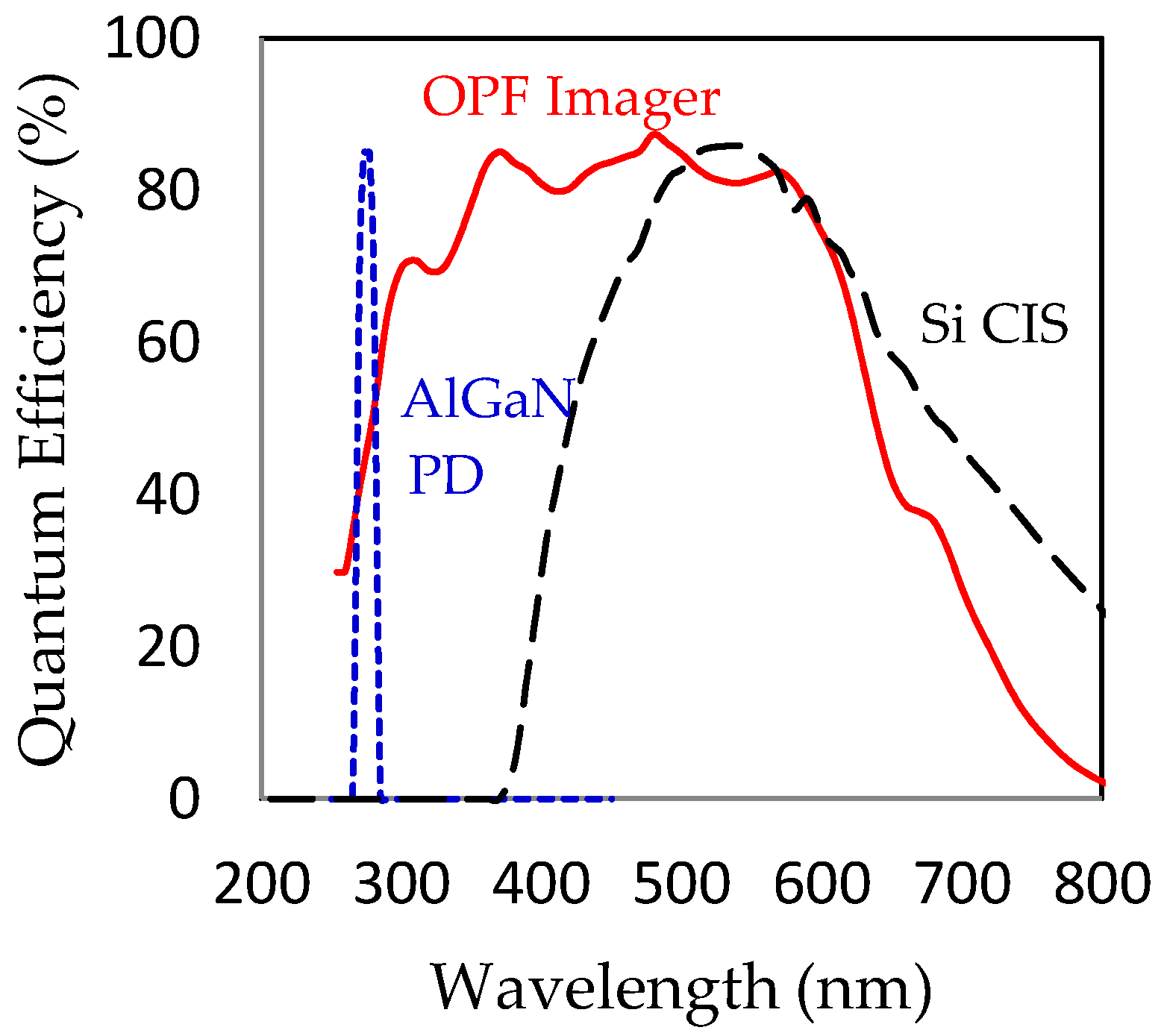



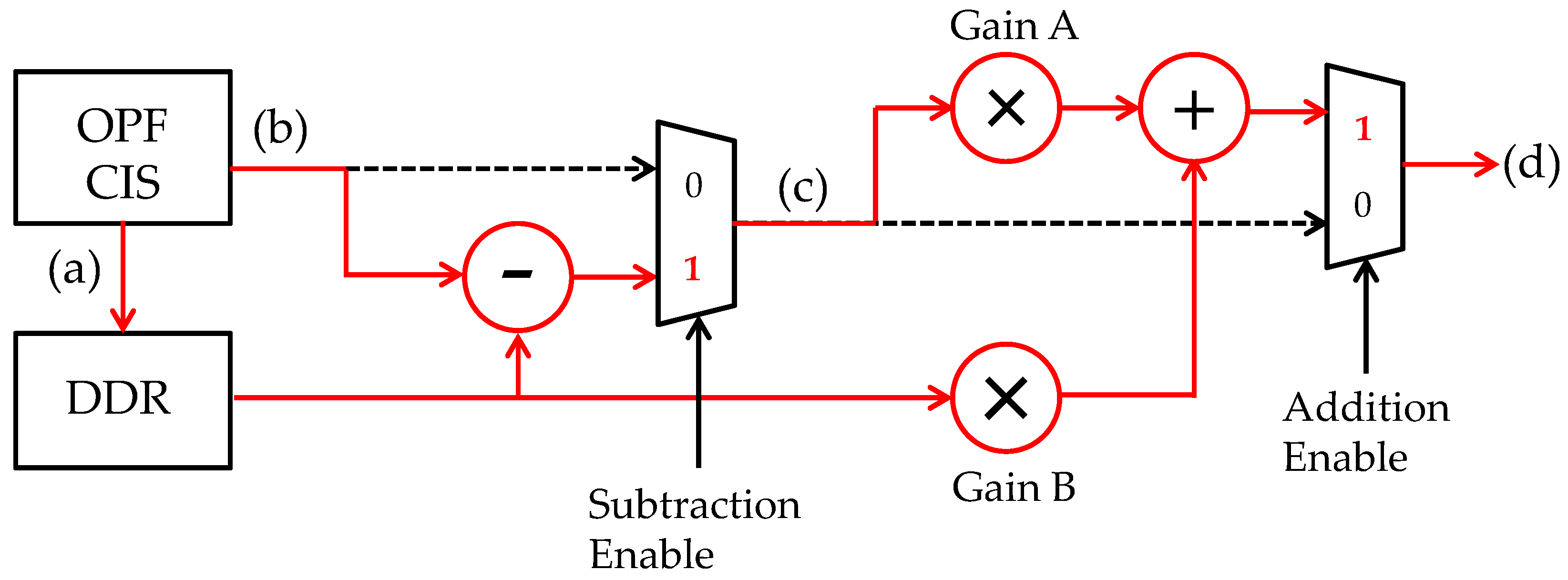
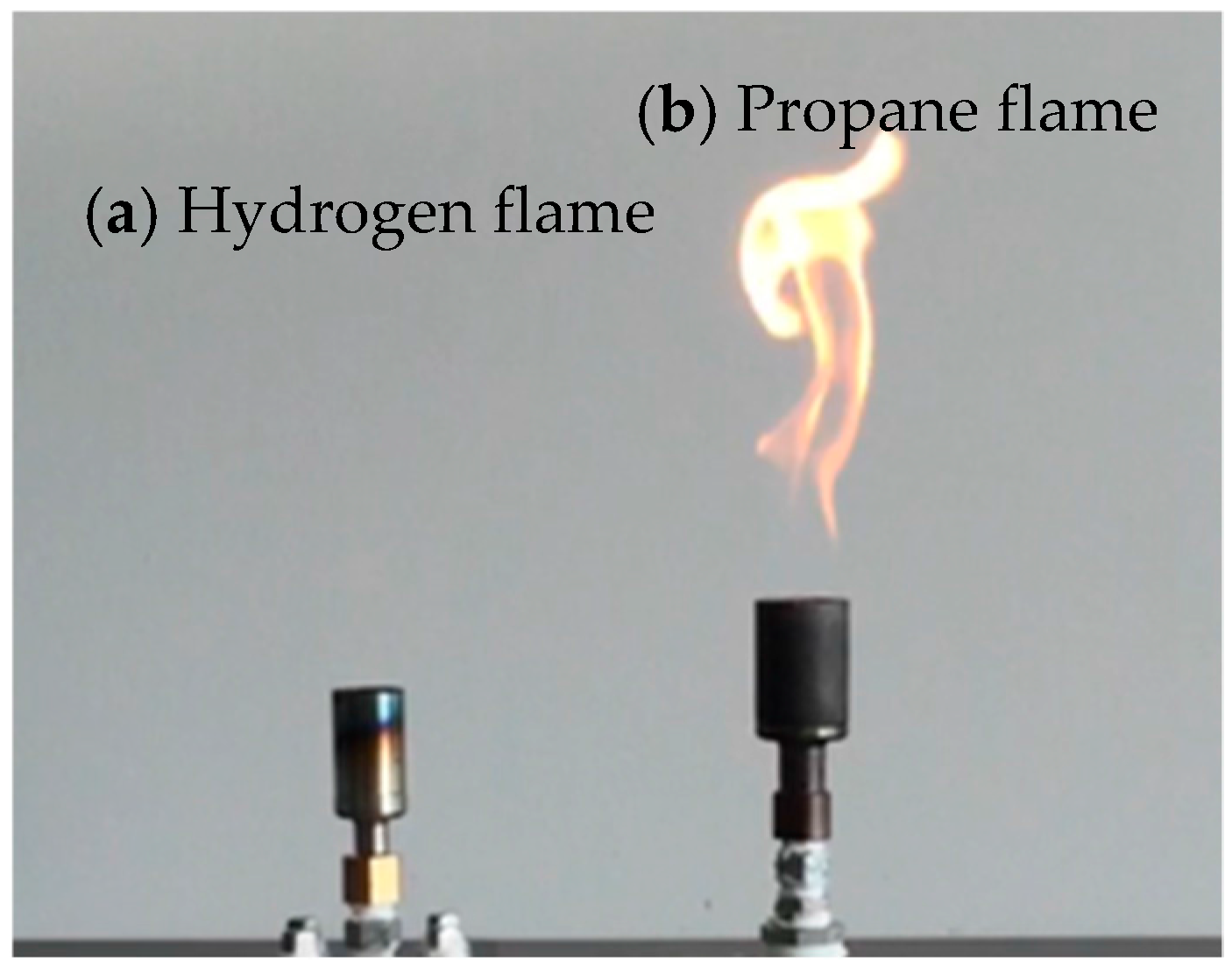
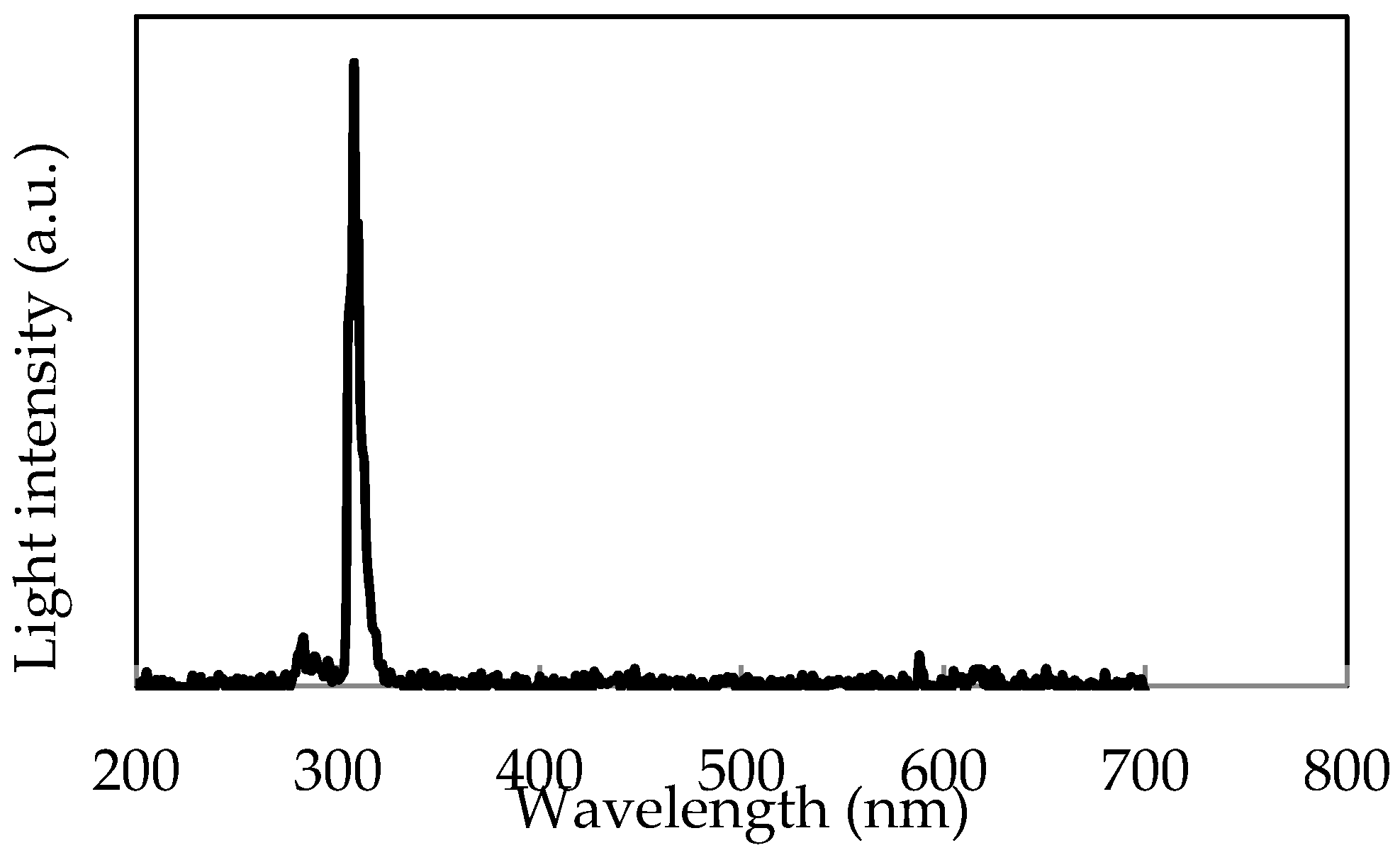
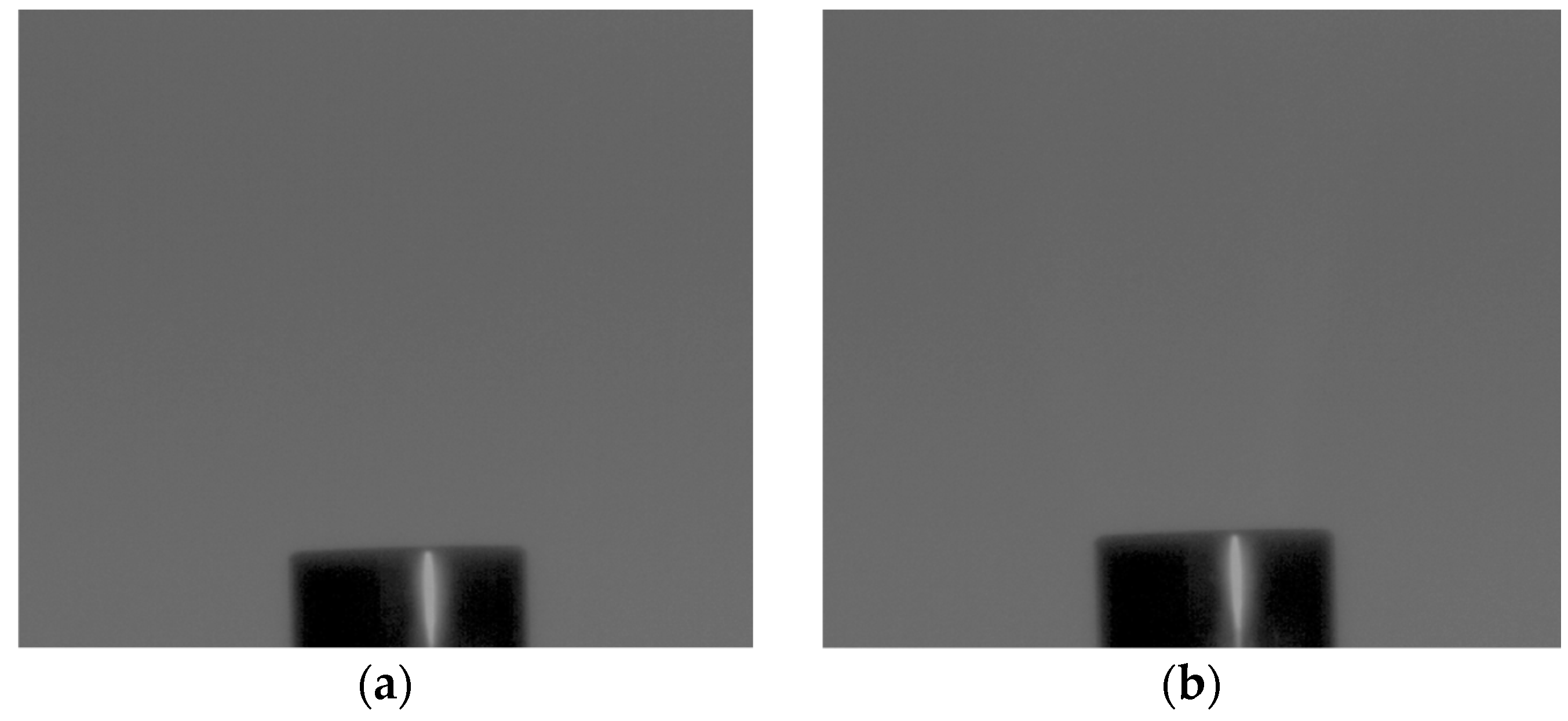
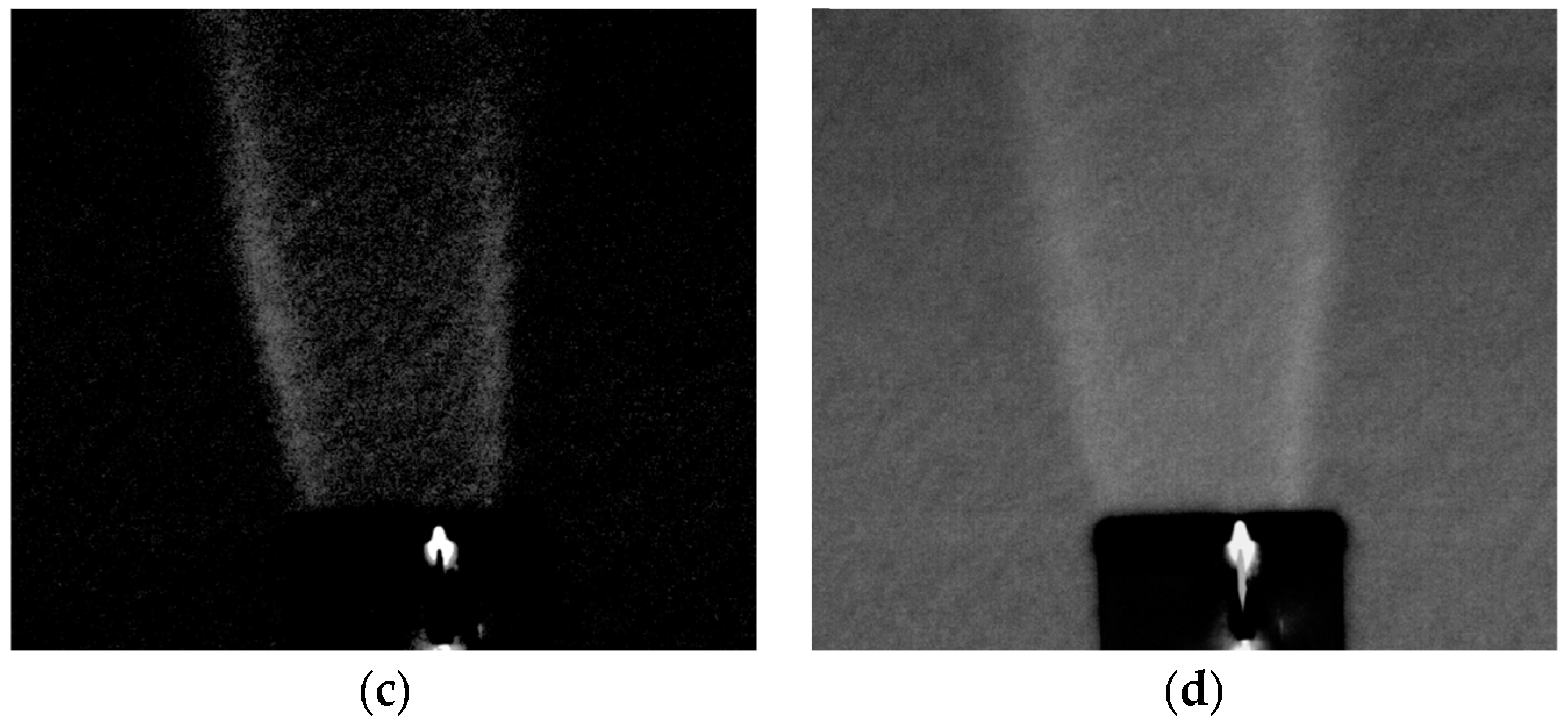
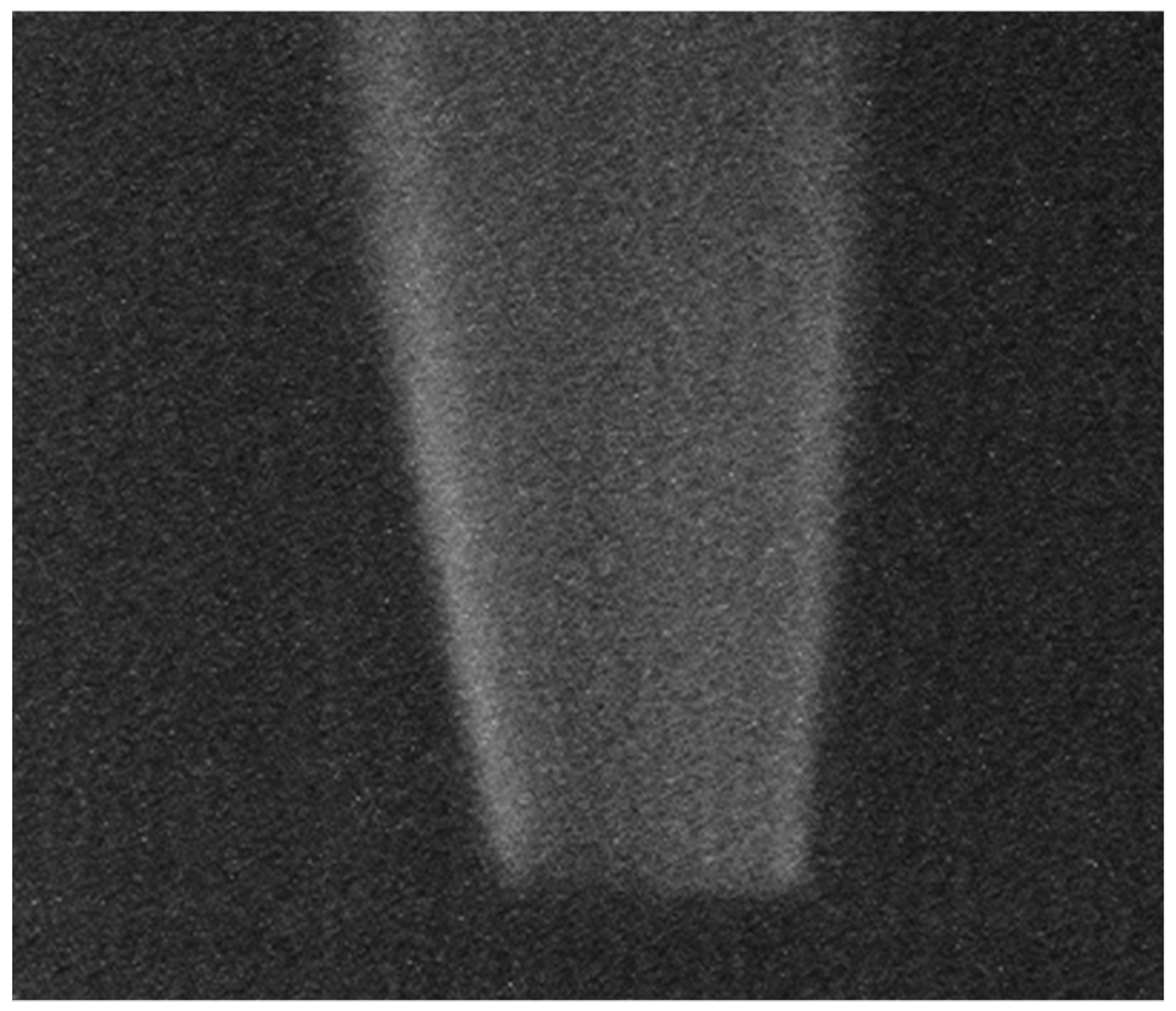
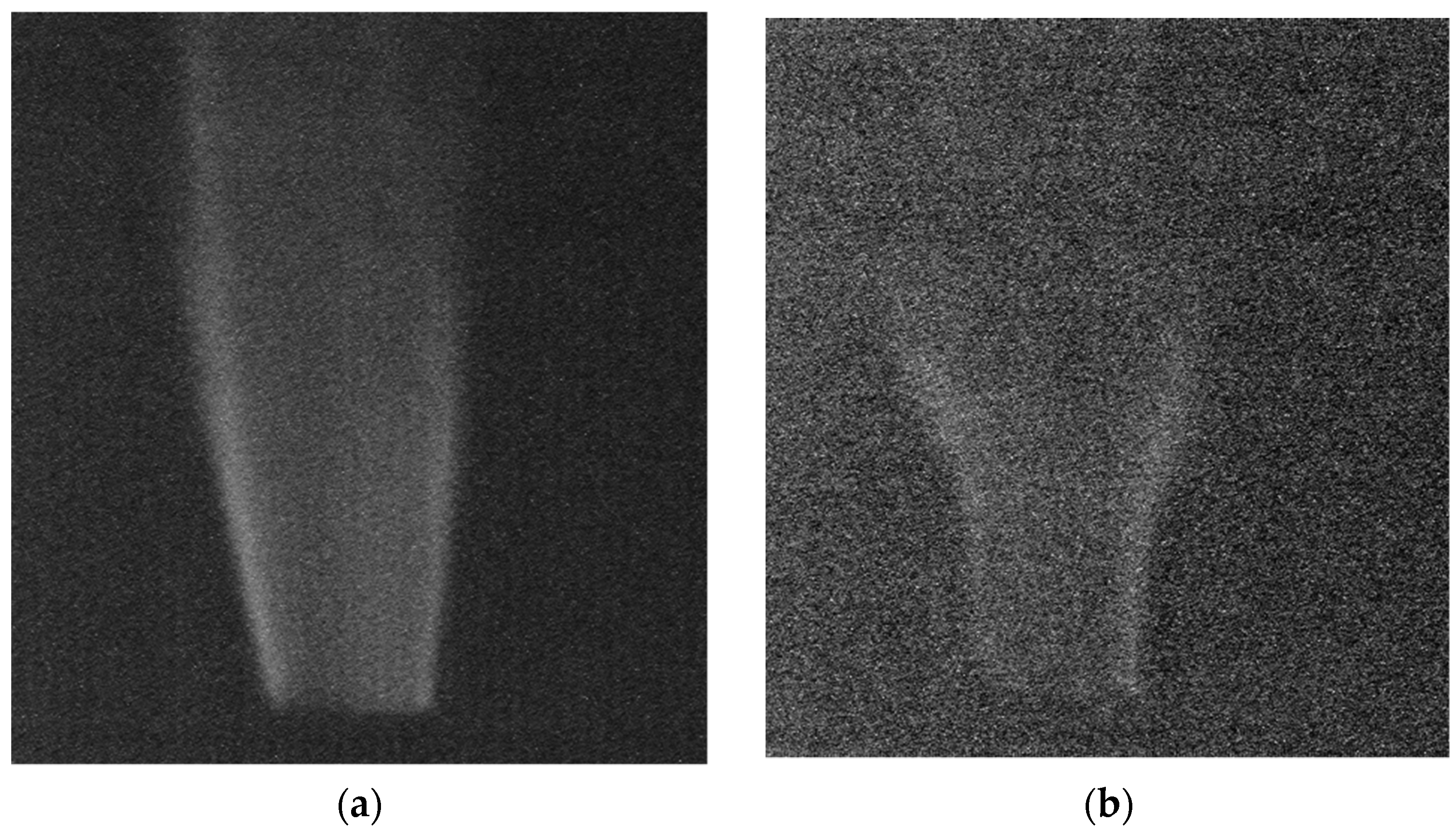
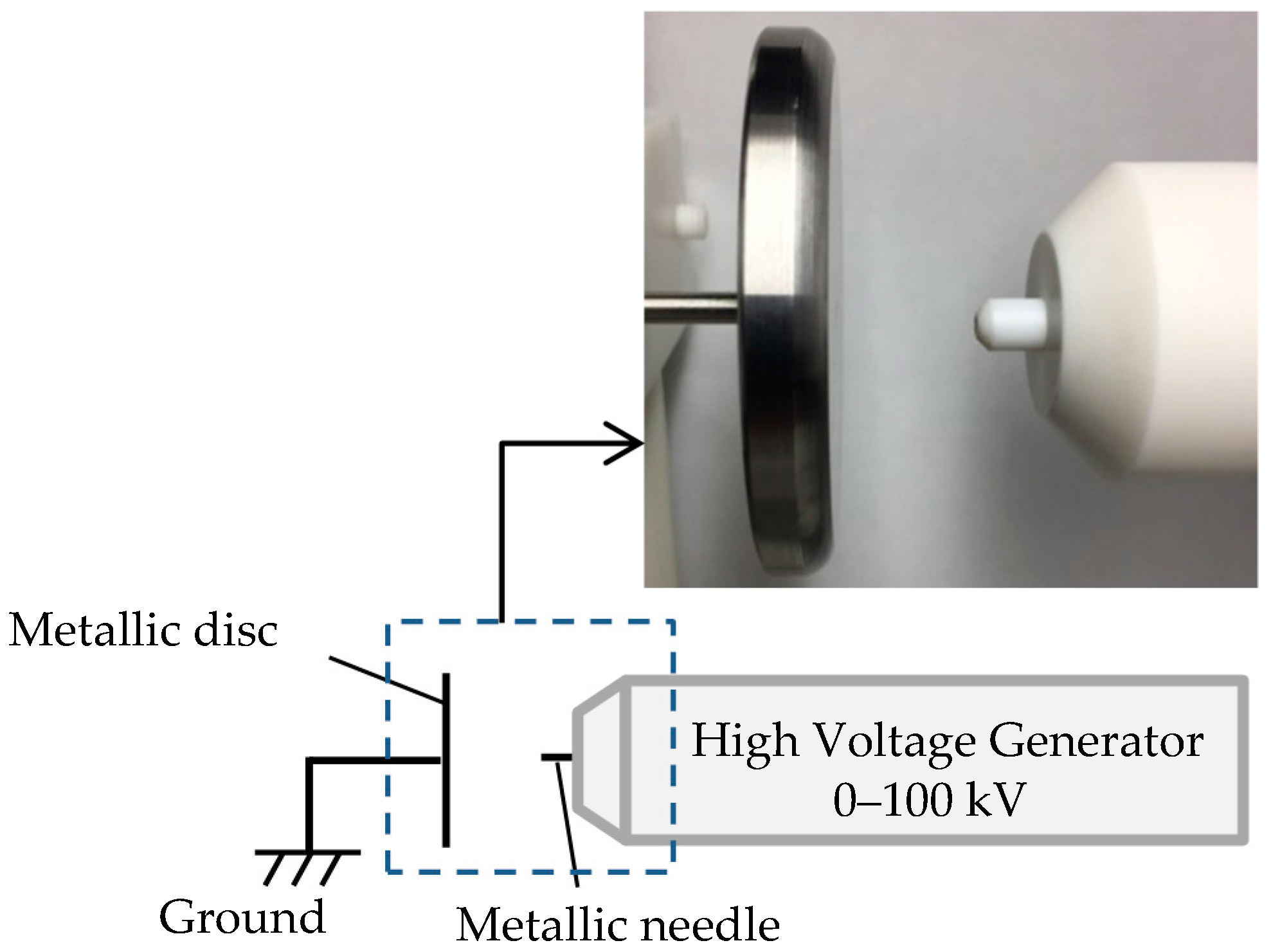
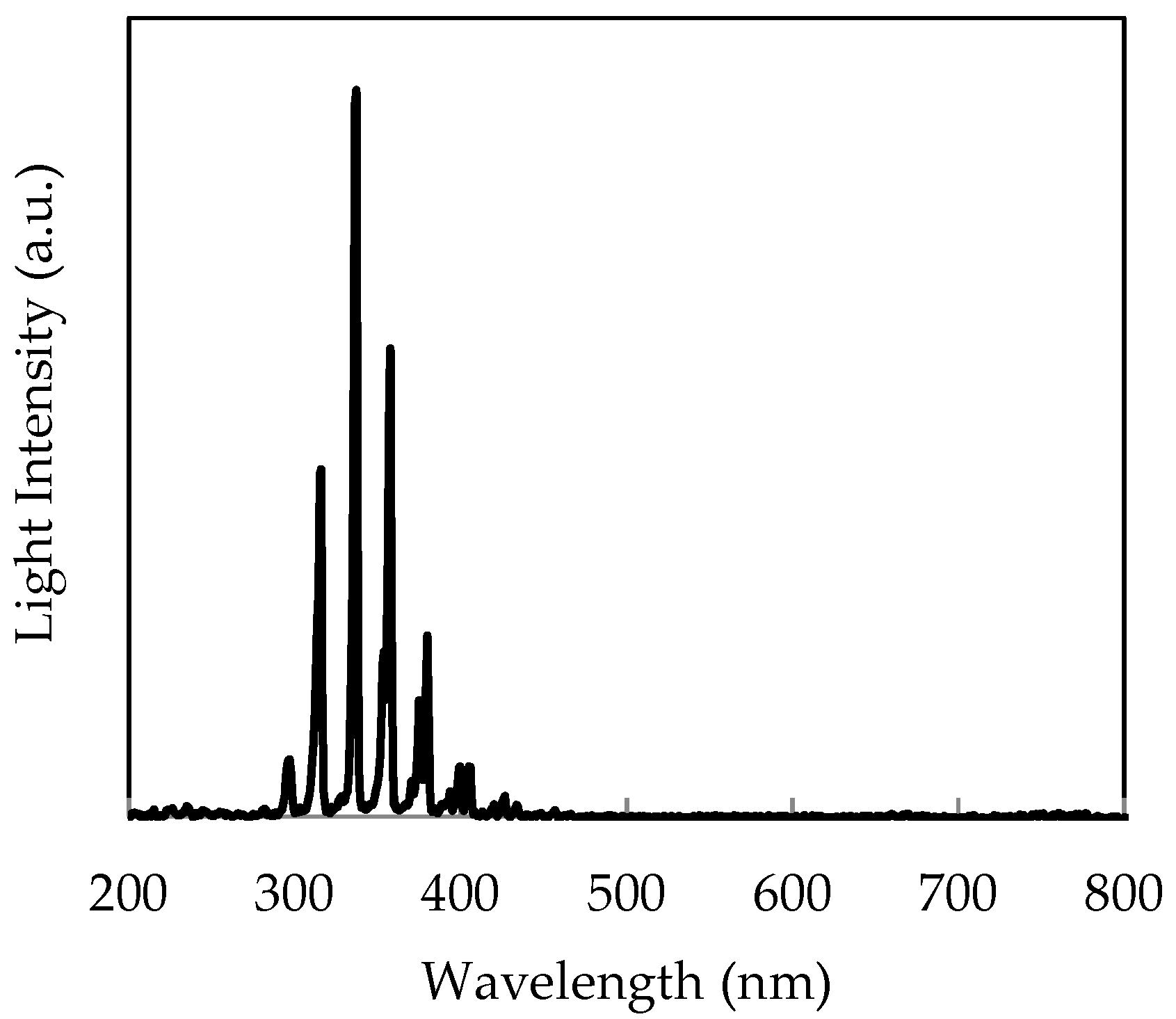
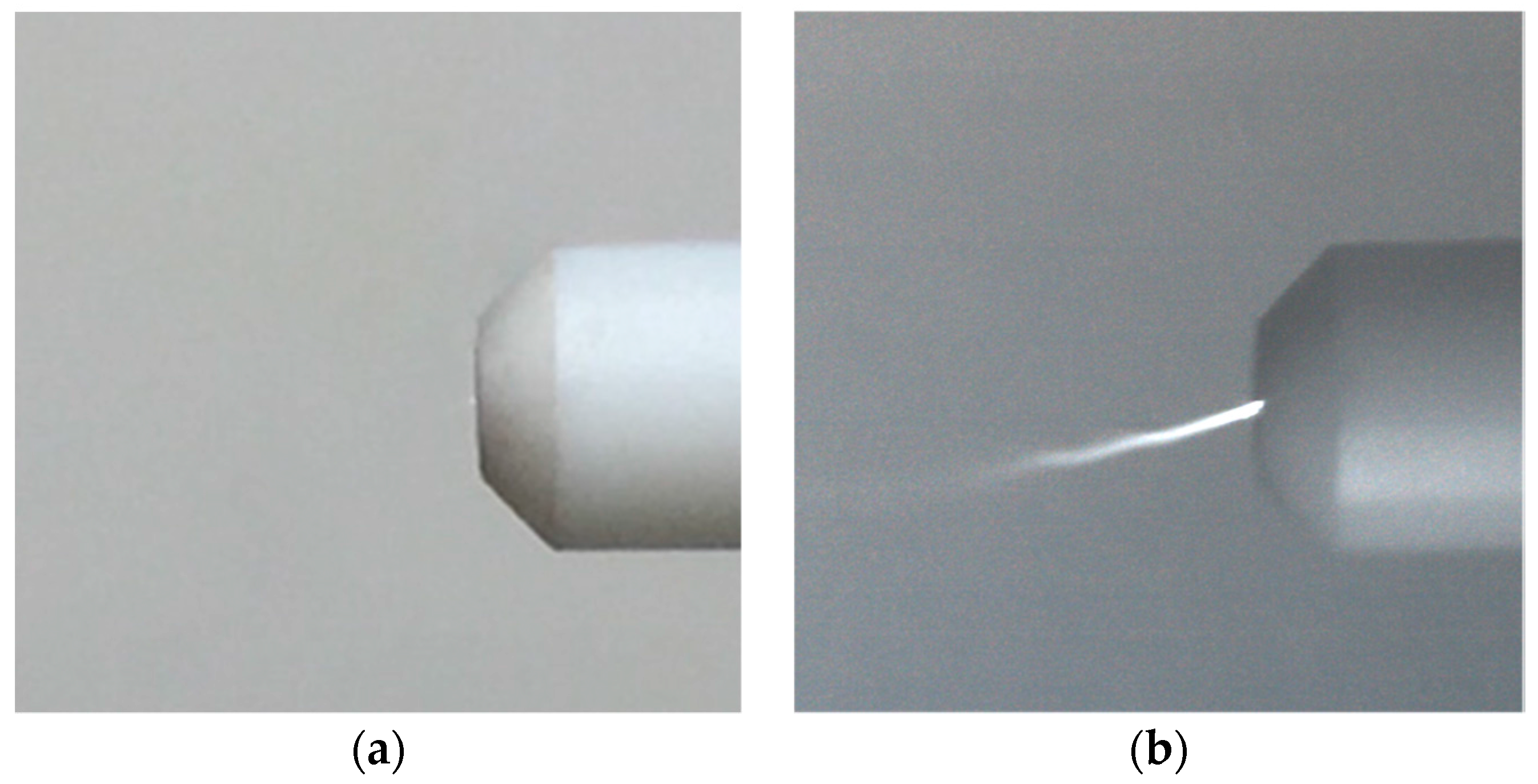
| Process Technology | 65 nm CMOS (1Poly-3Cu-1Al) |
| Number of pixels | 1880 (H) × 1400 (V) |
| Pixel size | 0.9 μm |
| Power supply | 2.8 V, 10 V |
| Frame rate | 10 fps |
| Saturation Charge | 6500 electrons |
| Dynamic range | 68 dB |
© 2018 by the authors. Licensee MDPI, Basel, Switzerland. This article is an open access article distributed under the terms and conditions of the Creative Commons Attribution (CC BY) license (http://creativecommons.org/licenses/by/4.0/).
Share and Cite
Okino, T.; Yamahira, S.; Yamada, S.; Hirose, Y.; Odagawa, A.; Kato, Y.; Tanaka, T. A Real-Time Ultraviolet Radiation Imaging System Using an Organic Photoconductive Image Sensor. Sensors 2018, 18, 314. https://doi.org/10.3390/s18010314
Okino T, Yamahira S, Yamada S, Hirose Y, Odagawa A, Kato Y, Tanaka T. A Real-Time Ultraviolet Radiation Imaging System Using an Organic Photoconductive Image Sensor. Sensors. 2018; 18(1):314. https://doi.org/10.3390/s18010314
Chicago/Turabian StyleOkino, Toru, Seiji Yamahira, Shota Yamada, Yutaka Hirose, Akihiro Odagawa, Yoshihisa Kato, and Tsuyoshi Tanaka. 2018. "A Real-Time Ultraviolet Radiation Imaging System Using an Organic Photoconductive Image Sensor" Sensors 18, no. 1: 314. https://doi.org/10.3390/s18010314




